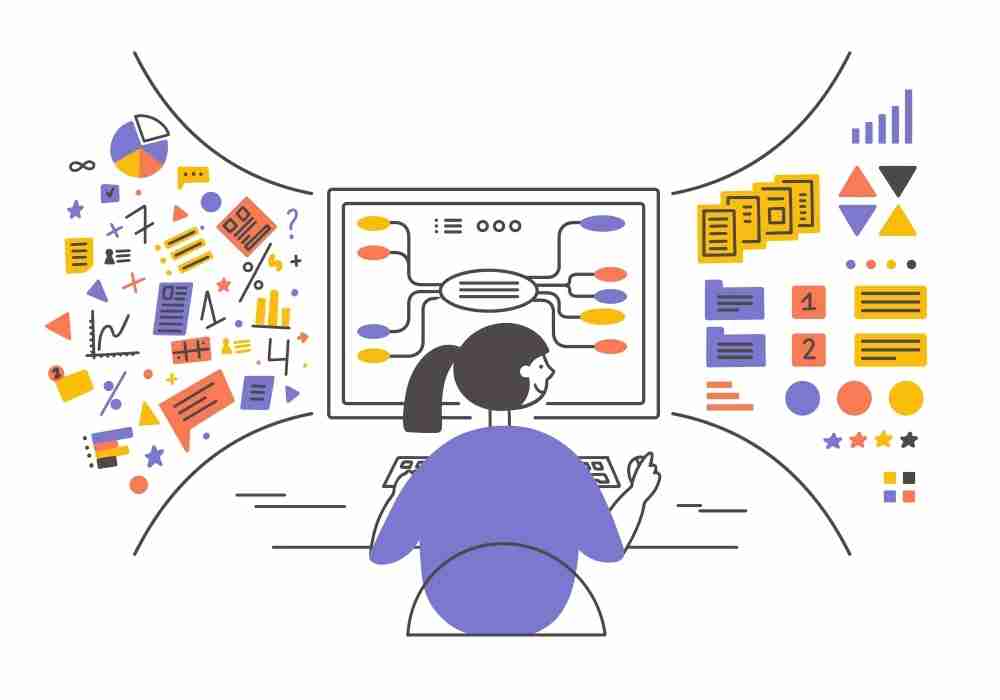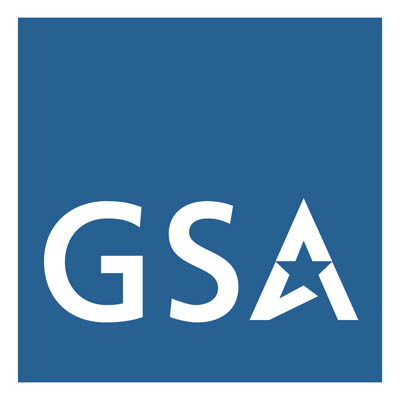Did you know that how you structure information can make government digital content easier to understand — for both people and machines?
In today’s digital world, well-structured content improves accessibility, usability, and portability. It also makes information easier to process and understand. Section 508 of the Rehabilitation Act requires federal information and communication technology to be accessible to people with disabilities, but the benefits go beyond compliance. Good structure supports emerging technologies like artificial intelligence (AI) and machine learning, while enhancing the user experience for everyone.
This edition of Accessibility Bytes highlights how applying Section 508 standards to information structure helps improve communication, user access, and digital service delivery for all audiences.
Section 508 and Information Structure
Section 508 incorporates four principles of accessibility to ensure digital content is perceivable, operable, understandable, and robust. A key part of these principles is properly structuring content. This includes:
- Using semantic or descriptive HTML to define headings, lists, and tables
- Organizing content with a clear reading order
- Writing descriptive link text—helpful for accessibility and Search Engine Optimization
- Labeling buttons clearly
- Adding meaningful alternative (alt) text for images and non-text content
- Defining headers for rows and columns in data tables for documents and websites
Following these practices makes content easier to navigate, interpret, and use — both for people and for technology.
Structured Information Reduces Barriers
Well-organized information benefits everyone. Advantages include:
- Better Navigation: Well-structured navigation helps users, especially those using screen readers, find what they need quickly.
- Easier Understanding: Consistent layouts reduce confusion and improve readability.
- More Efficient Management: Standardized formatting simplifies content updates and reduces duplication.
By designing with accessibility in mind, agencies improve both user experience and workforce productivity.
Structured Data is Portable and Transformable
Using structured formats like HTML, XML, JSON, and ARIA ensures content can be used across platforms. Benefits include:
- Easier Migration: Content can move smoothly across systems.
- Device Compatibility: Works well on mobile, desktop, and assistive technology.
- Content Reusability: Easily adapted for websites, apps, and digital tools.
This makes content more flexible and future-ready—while remaining accessible.
Accessibility and AI Interpretation
Structured content helps AI tools and assistive technologies work better. This is especially important for people with disabilities. Key benefits include:
- Faster AI Processing: Structured data helps machines retrieve and analyze information accurately.
- Better Summaries: AI can generate clearer, more relevant summaries.
- Improved Translation: Tools can more easily adapt content for different audiences and languages.
Real-World Applications and Benefits
When agencies structure content effectively:
- Websites become more usable and easier to find through search.
- Online training is more accessible for all learners.
- Staff and users benefit from clearer communication, less need for support, and better automation.
To learn how to make your digital content more accessible, view the resources on this website.
Reviewed/Updated: July 2025



